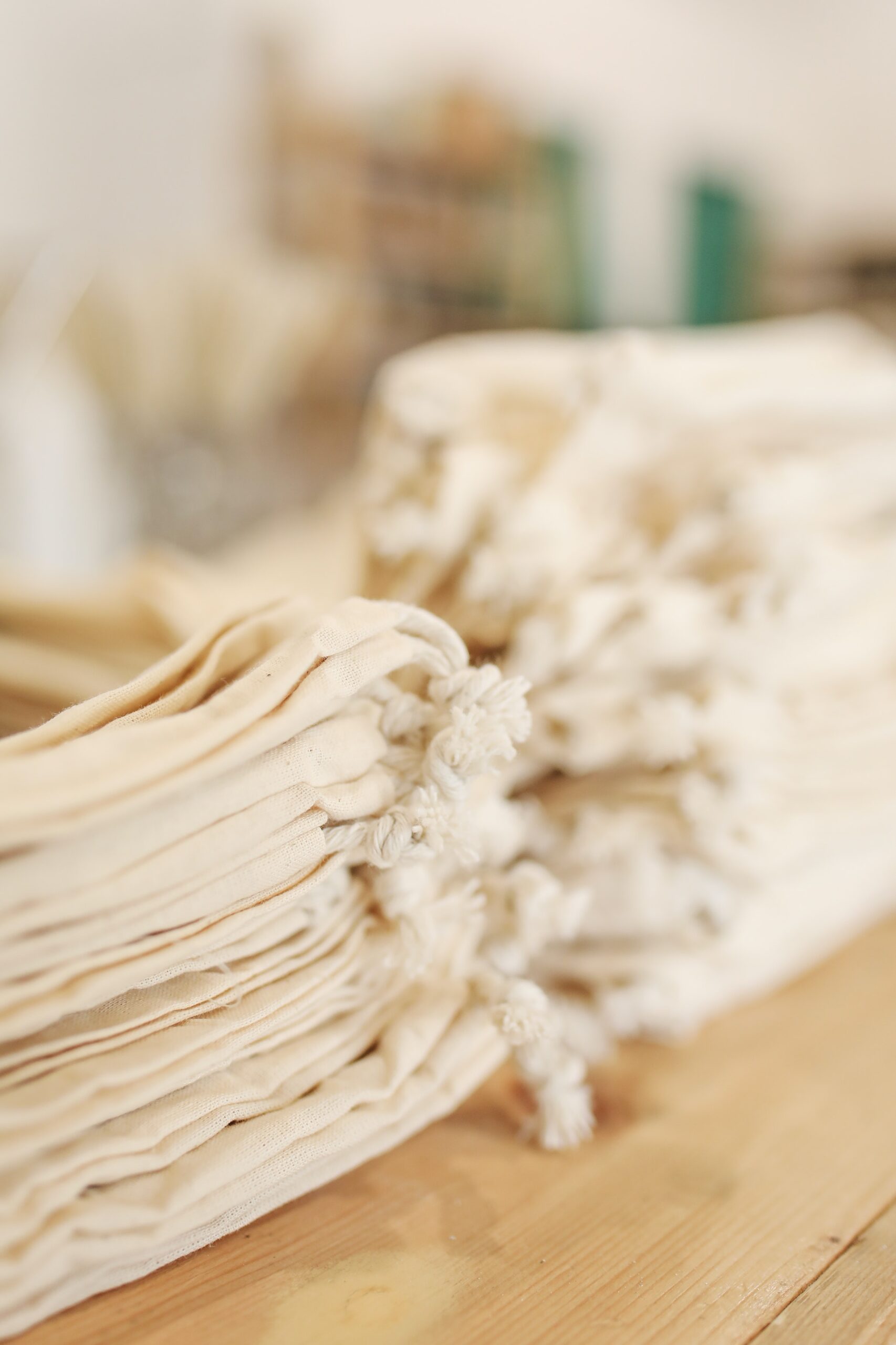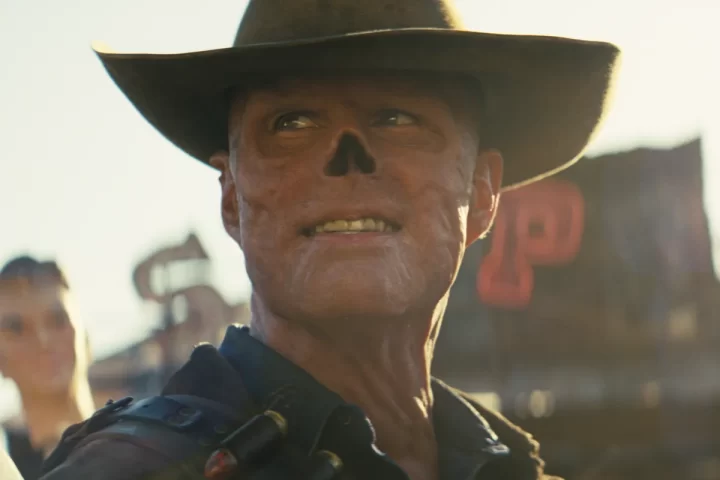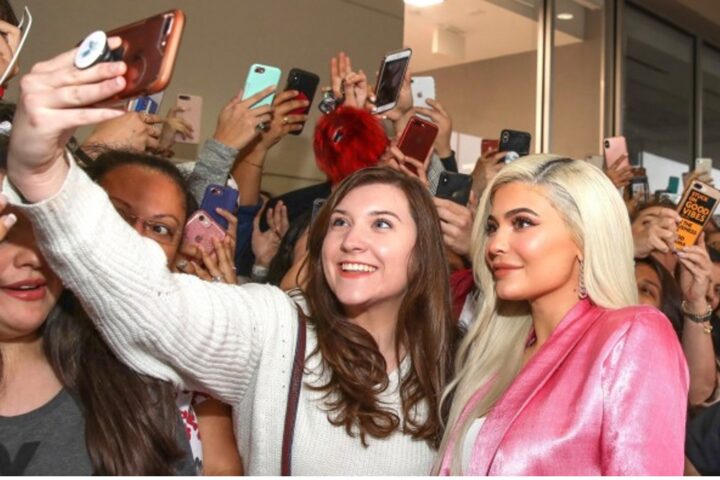These days we got hear about sustainability very often but with suitability, we also know that the world is moving towards development as well, we know how much and why development is important, and with this thought let us dive deep into this world of sustainability and development
So why development is important because some process is taking time or the process is not giving the expected result or whatever reason you can think for development, but the sole purpose of development is to change for better because what is the purpose of it if we are degrading, the world only wants to move upwards and also to solve major problems in the society like unmatched demand and oversupply of goods which needs the most attention.
Now, lets us talk about sustainability a little bit, why sustainability and how sustainability, we know that there is a major hype of sustainable things in every industry, to save the environment, be it automobiles or the textile industry and also let us appreciate this fact that how every industry is related to each other, let us understand this by an example, The evolvement of AI in cars, the ones we see in Tesla this technology can be used in trucks & ships also which will definitely be coming in future years and these trucks & ships we can use in different industries to carry goods without polluting the environment and also saving the carbon emission and this would also need less manpower and time and yes bring more efficiency to the table.This can bring revolution to the future of the supply chain for good. And the industry people are calling it “industry 4.0. The 4th industrial revolution.
Robotics, intelligent manufacturing, augmented, virtual reality, artificial intelligence, and 3D printing, to mention a few, are all part of Industry 4.0. And the major goal of Industrial 4.0 is to improve human life performance by enhancing production and understanding industry difficulties in order to better satisfy environmental demands. Almost every industry, from transportation to health care to finance, is expected to be affected by Industry 4.0. like who would have thought that artificial intelligence can also be a vital point in the garment industry,
But first, let me explain the difference between AI and machine in simplistic words so that everyone understands. A machine is totally handled by a human hand, but AI is fully automated, think of it like 1000 minds working for a procedure, consider a scenario in which we have a garment to stitch; now all we have to do is input information such as what thread to use and the pattern of the garment to be stitched into that AI-enabled machine, and the product will be efficient, quick, and with minimal or no errors. Furthermore, once we know that the product is stitched through an AI-enabled machine, the factories and the entire merchandising process can eliminate the factor of quality checking. Because we know there is no way Artificial Intelligence can go wrong; consider how many jobs AI would eliminate if it were to enter the industrial business; this is a calamity that no one is talking about. On the other hand, if we look at it from a development perspective, Industry 4.0 may help save time and manpower since, with the aid of IoT (internet of things), data collecting becomes easier and more efficient than manual processes.
The industry refers to this as a smart factory, in which future factories will be entirely automated and able to maintain and heal themselves with minimum human interaction. A fully “smart” factory is certainly on the way, thanks to the interconnections between new Industry 4.0 technologies.
To, describe what a smart factory is, consider how smartphones have changed our lives and taken over so many tasks; smart factories will do the same in the next years. Gap, Adidas, and Amazon are among the companies that use robotic tailors to create their products. There is a wealth of secondary data on Google that demonstrates how these things function and how they will impact the future. Many industry professionals say that it gives them better fits and better pricing for high-quality merchandise.
How would a manual cutting and sewing procedure compare to Amazon’s recently created robot that can produce garments using glow in the dark guidance, which can print, cut, and sew tailor-made outfits for Amazon customers?
If we see an apparel manufacturing factory, the Jobs of a tailor, cutting master and the quality check persons will be at stake which nobody is talking about.
On the other hand, how brands are not paying effective wages to workers who are not even meeting the standards is a crucial point; brands are coming up with different strategies like using organic cotton and recycled polyester, which no one knows if they are telling the truth or not; there are true articles on the internet about brands simply posting these things and not using them, which is again a big greenwashing aspect which brands are using, Brands can’t claim that their products are sustainable if the people who make them aren’t paid fairly. And who is going to the end manufacturer to examine if the product is truly sustainable or not because in the clothing sector, there is no or very little transparency.
People work in these industries for a lifetime and do not make a decent living, and when the revolution comes, they will lose their jobs; where will these people go? I know it isn’t close, but we can expect this in the next 8 to 10 years; we should make decisions now so that this does not affect or harm these people in the future.
It is difficult to choose between development and sustainability, and we also understand how they both go hand in hand but at a cost. We should strategize to keep this cost as low as possible while ensuring that no one is harmed. Lately, we have discovered that as human demands grow, we cannot avoid having development, but this will come at a cost, and to reduce this cost, we must begin to implement sustainability procedures so that the balance is maintained.









